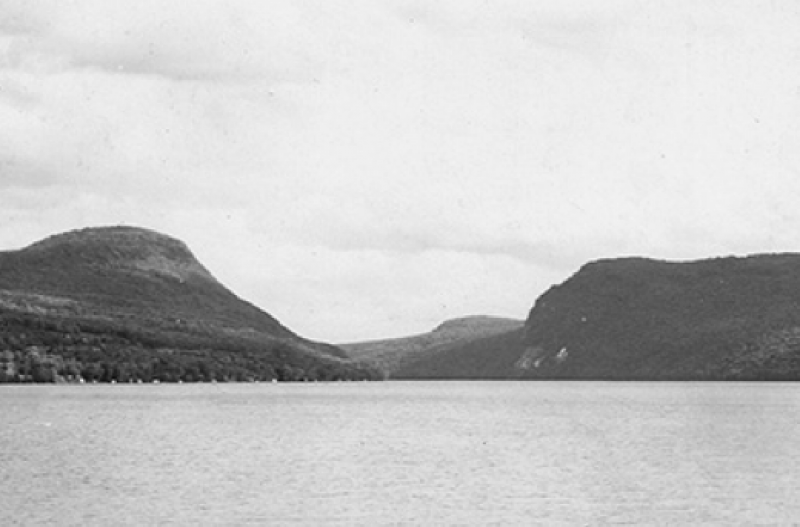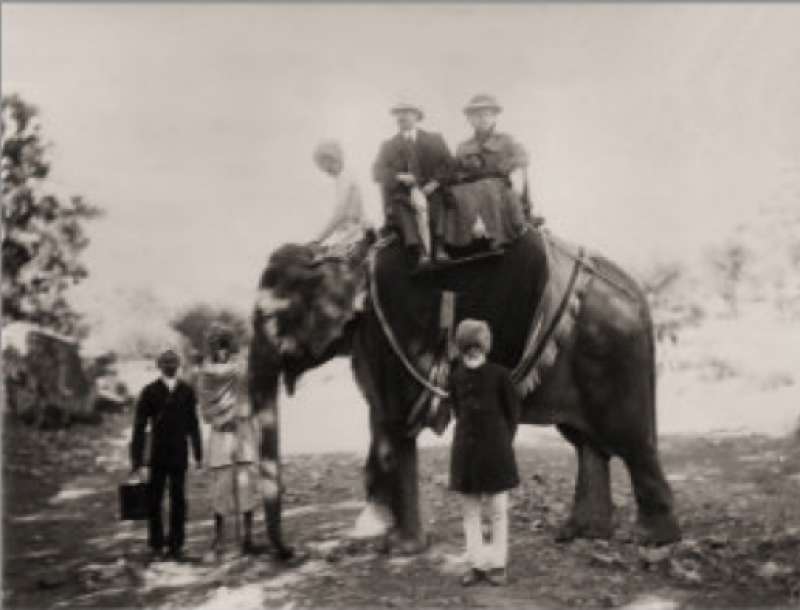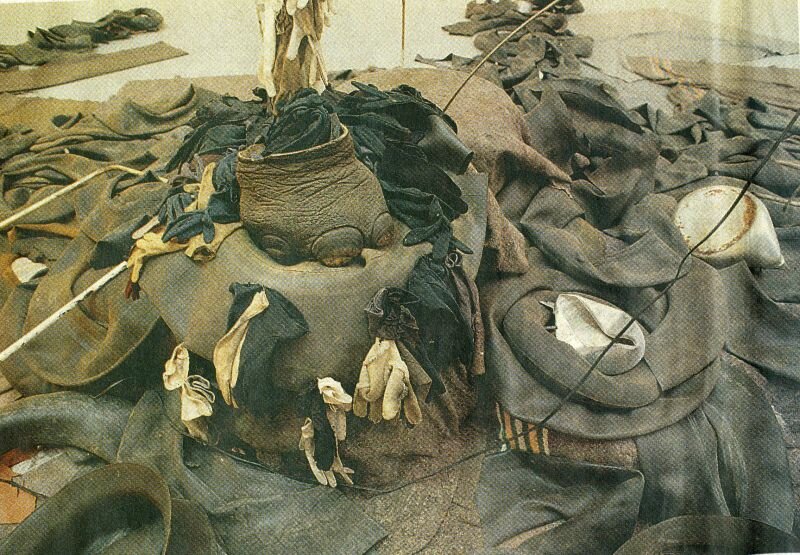- Topics
- Absence
- Animal lovers
- Around death
- Artistry
- Awesome nature
- Bricks and Mortar
- Collecting
- Conversations and Encounters
- Copyright
- Craftsmanship
- Crisis identity
- Daily Life
- Digital Data & Dreams
- Dressing Up
- Engagement
- Esoteric
- Failure is accepted
- Family issues
- Folk art
- Handmade nature
- How to Make Art
- In Love
- Light
- Man–Machine
- Naming
- Omission
- On not seeing
- On Nothing
- Philosophy
- Postcard
- Printed Matter
- Quaint Customs
- Remarkable Persons
- Research
- Serendipity
- Sex
- Silence
- Souvenirs
- Stendhal syndrome
- Stupidity
- The Written Word
- This is man
- Time
- Tints, Tones and Hues
- Travel
- Urban Culture
- Violence
- Visualisation
- Where we are
- Witnesses
- Wonderful Musea
- Tags
- language
- absence
- abstract patterns
- adultery
- affection
- aimless thought
- algorithms
- alphabet
- alter ego
- anatomy
- animal friendly
- animals
- antihero
- anxiety
- appreciation
- architecture
- architecture
- Arnolfini
- art academy
- art and life
- artificial intelligence
- artistic ambition
- artistic dreams
- artistry
- astronomy
- at home
- at the office
- auobiography
- authorship
- autodidact
- Barnett Newman
- baroque
- beauty
- bench
- birds
- black style
- books
- Boredom
- brands
- brazil
- bubonic plague
- camera obscura
- capitalism
- career
- carnival
- cat
- categorization
- censorship
- ceramic
- cherish
- childhood
- Chinese
- Chopsticks
- christianity
- CIA
- cinema
- circus
- clock time/solar time
- clothing
- coincidence
- collaboration
- collections
- colonialism
- colour
- communication
- community art
- composer
- composition
- conceptual art
- concrete
- control
- conveyor-belt
- costume
- craft
- creative block
- daily life
- daydreaming
- death
- decay
- delirium
- dentist
- design
- desire
- detroit
- diaries
- digital art
- digital innovation
- disappointment
- disaster tourism
- discourse
- DIY
- do-good-er project
- documents
- dog
- Dorien Boland
- dreams
- dwarf
- ecology
- electronics
- emotion
- emptiness
- encyclopedia
- enigma
- erotic art
- espionage
- Ethnologie
- experiment
- exposition
- fairy tale
- fame
- fashion
- fear
- fetish for shoes
- fire
- Fischli and Weiss
- fish
- Flickr
- fluorescent light
- flying
- folk art
- food
- football
- free association
- freedom
- French
- frog
- Garden
- Gauguin
- Georges Perec
- Giotto
- gps
- grandeur
- grief
- growing up
- hands
- healer
- heritage
- Herman Lamers
- hero
- high school shootings
- History
- homo ludens
- hooligans
- hospitality
- House of representatives
- humanity
- humour
- hunting
- Ig Nobelprijs
- image and meaning
- imperfection
- impressionism
- improbable research
- in love
- Indians
- interior
- internet
- invention
- inventory
- Iran
- Irma Boom
- isms
- isolation
- James Jennifer and Georgina
- Jesus
- jewellery
- junk
- La France
- labor
- labour
- landscape
- language
- laughter
- learning
- light
- lists
- literature
- living doll
- loneliness
- Louise Bourgeois
- love
- Lust
- machine
- magic
- making art
- making public collection
- maps
- Maria Roosen
- marriage
- martyr
- matchsticks
- materiality
- math
- media avalanche
- memories
- memory
- Michelangelo
- middle ages
- military aircraft
- miniature
- miniature models
- modern art
- monsters
- mouse
- muse
- museum
- music
- nature
- nature historic museum
- Navid Nuur
- nazis
- Nietzsche
- norway
- nostalgia
- nothing
- nuns
- observation
- orbis terrarum
- outsider art
- painting
- Panamarenko
- papua
- participation
- party
- performance
- perfume
- phallus
- philosophy
- photography
- placebo
- planets
- plants
- Plato
- poetry
- porcelain
- post-modern tales
- postcards
- postdigital
- power
- prehistory
- principle
- Privatisation
- progress
- psychiatry
- psychoanalysis
- punishment
- quality
- quantity
- Raymond Roussel
- reading
- reflection
- rejection
- relic
- religion
- religious scenario
- reproduction
- research
- Restaurant
- Rick Owens
- rituals
- Roads
- sacrifice
- scale
- school
- science
- science fiction
- sectarianism
- sensuality
- serendipity
- sex
- Shakespeare
- shaman
- silence
- situationist
- smell
- smoking
- smoking in films
- snapshots
- snowball
- social design
- social upheaval
- soldiers
- sonology
- sound
- sound experiment
- souvenir
- special encounters
- spectator
- sport
- Stasi
- stasimuseum
- stock art
- studio
- superstition
- Surinam
- synthetic creatures
- systems
- tag
- talent
- television
- The Beatles
- the city
- the domestic
- The giant of Rotterdam
- The Hague
- the public
- the rich and famous
- Thesis
- time
- time travel
- Titiaan
- to fail
- to look
- touch
- traces
- trademark
- tragedy
- transport
- travel
- trees
- truth
- Tunnel
- unfinished/finished
- union
- universe
- university
- urban culture
- USA
- Van Gogh
- Venice Biennale
- viewer
- violence
- virtual reality
- visual research
- visualization
- voodoo
- vulcano
- War
- water
- weapons
- whip
- wikipedia
- wild animals
- work
- World War II
- write
- writer
- x-ray
- YouTube
- zine
- Locations
- Brooklyn, New York
- LUST
- Contributors
- Afra Eisma
- Alessandro Gualtieri
- Alex de Vries
- André Thijssen
- Anna Bates
- Anna Hoetjes
- Annelein Pompe
- Aram Bartholl
- Arie Altena
- Auke Hulst
- Bert Sliggers
- Casey E.B. Reas
- Céline Manz
- Chiara Veenstra
- Chris Reinewald
- Christine Willemen
- Christopher Rothko
- Claudia Sola
- Constant Dullaart
- Cornel Bierens
- Daniel Jensen
- Daniil Charms
- David Reinfurt
- David Stroband
- Desperado Philosophy
- Devon Barthes
- Dirk Vis
- Dorien de Wit
- Echo + Seashell
- editorial staff/ redactie
- Elejan van der Velde
- Elja Looijestein
- Eric Peter
- Erik Kessel
- Ernst van der Hoeven
- Esther Polak
- Farah Rahman
- Floris Schönfeld
- Flos van Haren
- Gemma Barendse
- Gerda van de Glind
- Gijs Assman
- Gijs Frieling
- Gilles de Brock
- Hanae Wilke
- Hannah Stearn
- Hanne Hagenaars
- Hans Aarsman
- Hans Venhuizen
- Heidi Vogels
- Heleen Rippen
- Henk Valk
- Hester Alberdingk Thijm
- Huilin Shi
- Ilse van Rijn
- Ine Poppe
- Inge de Boer
- Iona Hoogenberk
- Jan Dietvorst
- Jan Egbers
- Jan Hoek
- Janneke Wesseling
- Jean Bernard Koeman
- Jeroen Barendse, Thomas Castro, Dimitri Nieuwenhuizen
- Jeroen van der Hulst
- Jet Bakels
- Jigna Umeria
- Johan van Oord
- John Cage
- John Körmeling
- Jonas Ohlsson
- Jonatah Manno
- José da Silva
- Josje Hattink
- K.Schippers
- Kaweh Modiri
- Kees Moeliker
- Koen Kleijn
- Laura Byrne
- Laura Reedijk
- Laurens de Rooy
- Liesbeth Fit
- Lieuwe Vos
- Luuk Wilmering
- Maartje Wortel
- Maja Klaassens
- Marc Boumeester
- Marcel Bouman
- Marcin Biesiada
- Marcus Pantus
- Margot Dijkgraaf
- Matthijs van Boxsel
- Maurits de Bruijn
- Maze de Boer
- Melanie Bonajo
- Mels van Zutphen
- Michel Hoogervorst
- Miek Zwamborn
- Milda Vyšniauskaitė
- Mirthe Kluck
- Nat Muller
- Nina Thibo
- Nóra Békés
- Patrizio di Massimo
- Paul Bogaers
- Paul Kempers
- Paul Pieroni
- Pek Van Andel
- Pere Llobera
- Pierre Derks
- Rein Jelle Terpstra
- Richtje Reinsma
- Robert Cervera
- Robert Klatser
- Robert Schreuder
- Robin Waart
- Rozemund Uljée
- Ruben Verkuylen
- Rypke Zeilmaker
- Samira D'Amato
- Sander Uitdehaag
- Sarah van Sonsbeeck
- Sebastian Rypson
- Stevijn van Heusden
- Taco Hidde Bakker
- Tamara Robeer
- Tammo Schuringa
- Teun Verheij
- Thomas Mailaender
- Timothy Scholte
- Ton Matton
- Valentina Pini
- Vincent W.J. van Gerven Oei
- Vladimir Nabokov
- Willemien van Duijn
- Wilma Sütö
- Wim Brands
- Woody Allen
- Wouter Prins
- Yeb Wiersma
W
Wilma Sütö
17.10.2014

Somewhere, high up in the mountains, there was a tiny village where only blind people lived. Although they were of a very curious sort, none of them had ever travelled, so that no one could describe what kind of an animal an elephant was. This is why they ventured into the valley to meet the mayor, an understanding and accommodating man.
Some days later, he climbed the slope, bringing with him an elephant. Moments after arriving at the city hall with his gift, the blind villagers threw themselves at the animal.One hugged its leg, a second wrestled its trunk, a third caught hold of a floppy ear and a fourth lifted the entire table in his enthusiasm.
‘The elephant is round!’ cried the first. ‘No way, he’s square!’ the last urged. None of them could come to an agreement, because their friends insisted that the elephant was long, thin, and respectively as flat as a pancake.

The Cuban artist Ricardo Brey (1955) first heard of this story when he was a child. The story of the elephant with its many forms inspired him since he, as a sculptor, is constantly trying to mold reality to his own vision, and in doing so, repeatedly runs into the blind man’s righteousness. Their completely different perceptions form a metaphor for our inability to truly know reality.
During the legendary exhibition De Rode Poort, with which exhibition maker Jan Hoet welcomed the public to the new Museum of Contemporary art in Gent, Brey brought a homage to the blind villager’s elephant. He made a sculpture from a harmonious collection of junk: the apparent remains of a mystic ritual, which through its titillating transformation of the everyday is exemplary for the many adventurous metamorphoses within art.
Brey scattered masses of inner tubing over the floor: big ones, small ones, inflated and deflated, round and stretched out flaps of matte, grey rubber, reminding one of elephant skin. Above it hung a bunch of gloves, a totem of downwards pointing fingers. They all pointed towards the centre of the installation. There, on a plinth made of tyres covered in horse blankets, stands a taxidermied elephant leg.

It’s as though Brey has convinced the beast from the story to take himself apart and turn himself inside out, in order to please our curiosity. But that doesn’t mean that this heavyweight reveals his mysteries. Instead of reducing the animal to a dismembered sacrifice in the name of art with its innards exposed to offer us a vision of the future, Brey allows him to rise from his youthful memories, into a new union of discarded and advanced functional objects. In spite of his fragmented appearance, the abstracted creature respires. A number of mini ventilators strung in the air by wire urge his environment to shiver, and thus, he blows his magical powers into the space.